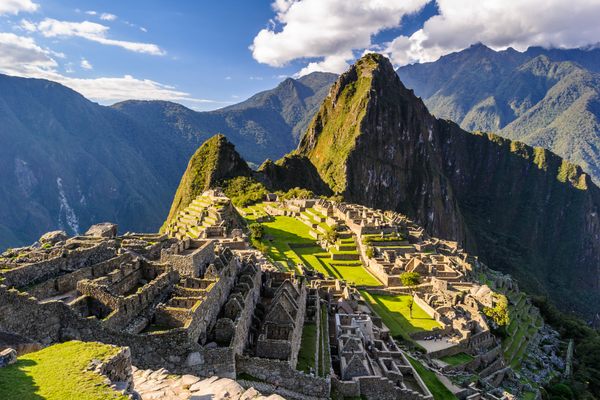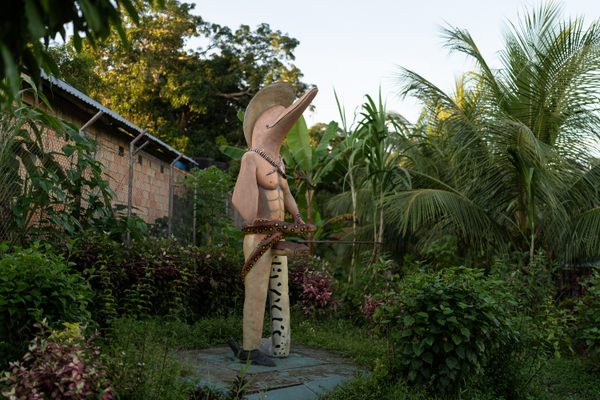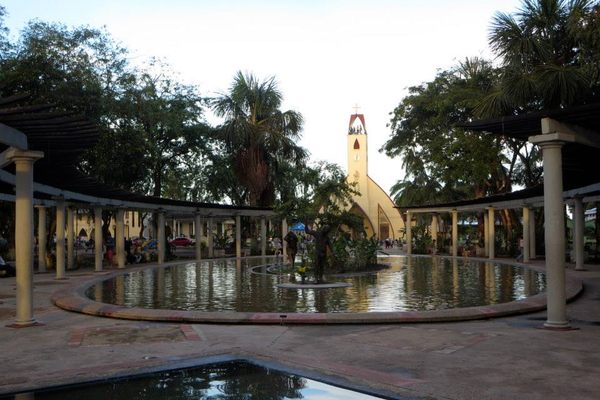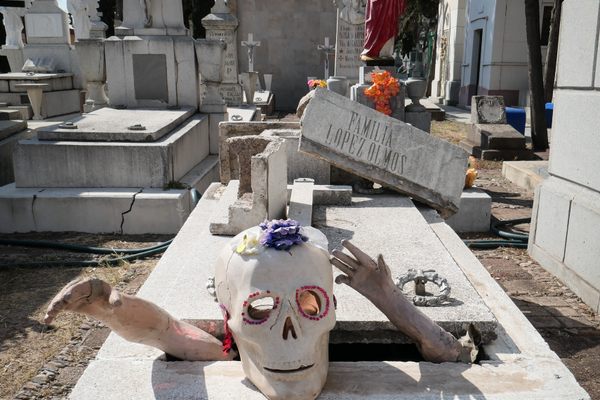Grave of Carlos Fitzcarrald
The forgotten tomb of the Peruvian rubber baron who was the inspiration for Werner Herzog's epic film "Fitzcarraldo."
Carlos Fitzcarrald was the real-life inspiration for the fictional Brian Sweeney Fitzgerald, the titular hero/dreamer/madman in Werner Herzog’s spectacular epic Fitzcarraldo.
The Peruvian rubber baron was buried in Iquitos General Cemetery in 1897, after meeting his end at the age of 35 when his ship Contamana was destroyed in an accident. It is an extensive graveyard of typically colorful Latin American tombs and columbarium walls (but visit after dark and you’ll see why it inspired the recent Peruvian horror film, Cementerio General).
Fitzcarrald’s white tomb is of average size and unspectacular. You might be hard-pressed to even find it without the help of the cemetery’s caretaker, who’ll take you to the grave on request (and for a small tip). Once the caretaker has washed the mold from the surface, you’ll see the inscription: “Carlos F. Fiscarrald, fallecido 9-7-97.”
Fitzcarrald’s mold-blanketed tomb, rather than being a source of local pride, is all but ignored apart from an occasional visit from a Werner Herzog fan. And that’s no surprise, considering what Carlos Fitzcarrald, a far darker figure than his eccentric cinematic counterpart, represents.
Like the fictional Fitzcarraldo (played with manic aplomb by Klaus Kinski), the real Carlos Fitzcarrald was a rubber baron searching for riches deep in the Amazon jungle, with Iquitos as his base. The Amazon rubber boom was at its height, and Fitzcarrald stopped at nothing in his search for wealth.
Determined to transport rubber out of an impossibly remote river system, he forced the native Yine tribe to dismantle a river boat and carry it over a mountain (the central premise of the movie). His cruel and exploitative methods scarred the Yine, and forced other tribes, including the Mashco Piro, to flee.
Understandably, Fitzcarrald’s grave is a largely forgotten thing rather than a celebrated local landmark. Herzog’s movie, however, is remembered in Iquitos, and its legacy can be seen in museums, restaurants, and hotels dotted around the Amazonian city.
Some might see this is somewhat ironic: In a strange case of life-imitating-art-imitating life, Herzog has also been accused of exploiting the local indigenous people—the Aguaruna—during the filming of Fitzcarraldo. Herzog used the Aguaruna people as extras for the audacious moving-a-ship-over-a-mountain segments of the film. Before the shoot was even finished, some of the tribesmen were ready to kill the acclaimed German director.

















Follow us on Twitter to get the latest on the world's hidden wonders.
Like us on Facebook to get the latest on the world's hidden wonders.
Follow us on Twitter Like us on Facebook